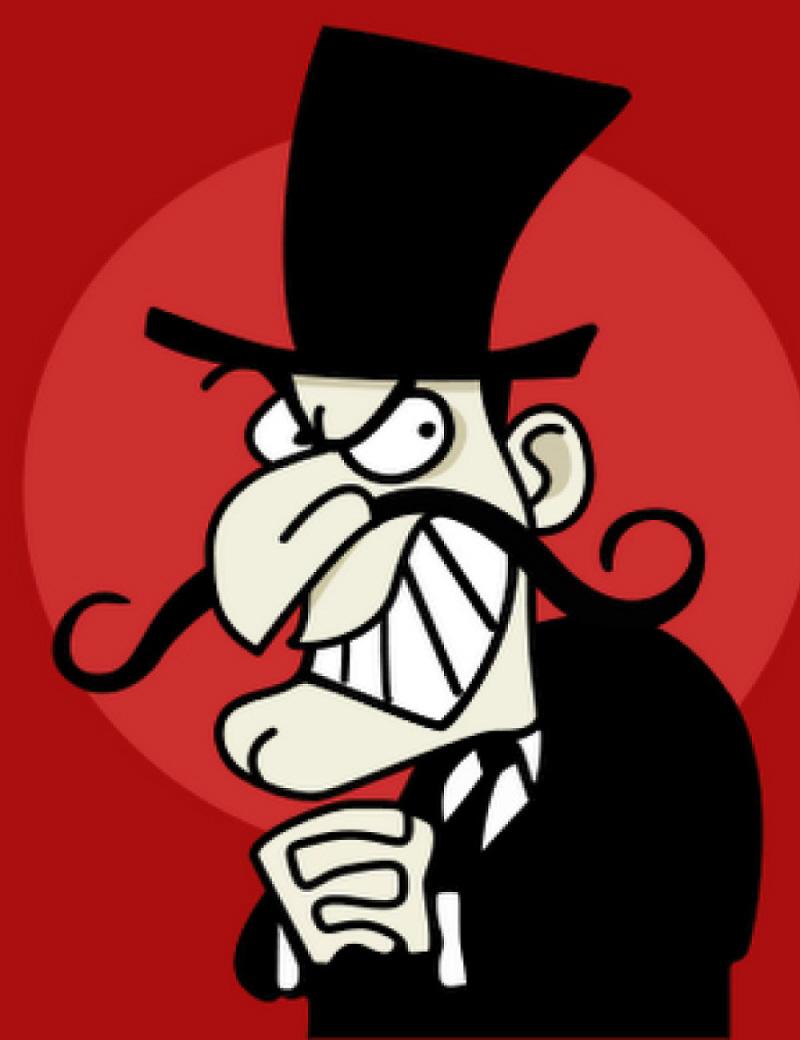Crafting the Perfect Villain
/ Snidely Whiplash
Snidely Whiplash
I’m back this week with more craft tips from Bouchercon 2013. This week, I'm covering the panel on crafting the perfect villain with authors Barbara Fister, Michael Dymmoch, Steve Hamilton, Joe Lansdale, Jon McFetridge, and Helen Smith. Michael Dymmock started off by reminding the audience that the villain is the hero of his own story, always a good point for any writer to keep in mind when you’re trying to create a real and believable character. Of course, in some cases, the villain or antagonist isn’t even a person—instead it could be the forces of nature or a deadly pathogen—but for the sake of simplicity in this blog post, I'm only talking about a human antagonist.
How can we craft effective villains that don’t cross the line into unbelievable caricature? The panel offered some tips and aspects to consider:
- Some villains are simply pure evil, but another angle on a good villain is to create one that readers actually like and then are sorry to see caught.
- It’s important to understand the other side. We need to understand evil to be able to write it convincingly. Most of us can—just because we understand what might drive a person to horrific acts, doesn’t mean we’d ever actually act on those impulses ourselves. But being able to empathize to a certain extent allows us to write a compelling character. Try writing from the villain’s perspective to help create that empathy and make your villain multidimensional.
- Bad guys don’t always know they’re bad. It’s all a matter of point-of-view: what seems evil to one person, might seem like a minor offence or a totally justifiable action to another. Sometimes it’s about the spectrum of shades of gray. Real villains are also well-rounded. You may have a villain who is hell bent on destroying your hero, but who supports local charities. Full bodied characters are multidimensional.
- Good can be a sliding scale and sometimes the good guy is only slightly less bad than the bad guy. Multidimensional characters and complex storytelling is interesting, and only rarely can you convincingly write a single-mindedly bad guy like Snidley Whiplash opposing a purely good guy like Dudley Do-Right. Heroes like Dexter are questionably ‘heroic’ and are often only a few notches above the antagonist on that sliding scale.
- Craft your villain to suit the scope of your story. A big city villain may have a larger than life personality, but you may want to create a more subtle character in an intimate small town (unless, of course, you want your villain to stand out like a sore thumb right from the very first page).
- Make it all about internal emotions, not external characteristics. In other words, an eye patch doesn’t make a villain. It’s how that character feels about the eye patch and why he has to wear it that might push him over the edge to villainy.
- If you’re having trouble creating a believable villain, pick someone you know and exaggerate their characteristics. This grounds the character firmly in reality but pushes them towards extreme behavior.
Thanks to the authors on this panel for a fascinating discussion and some very solid advice!



 87.5%
87.5%